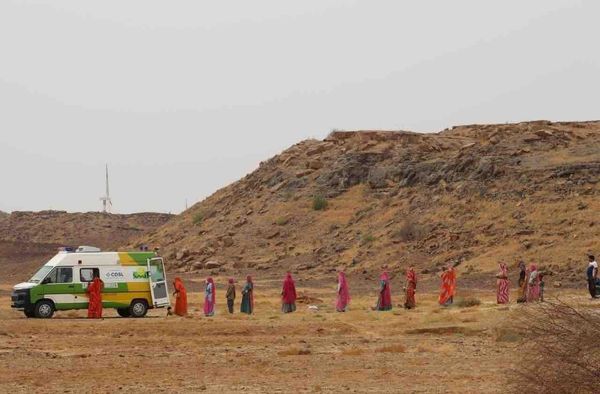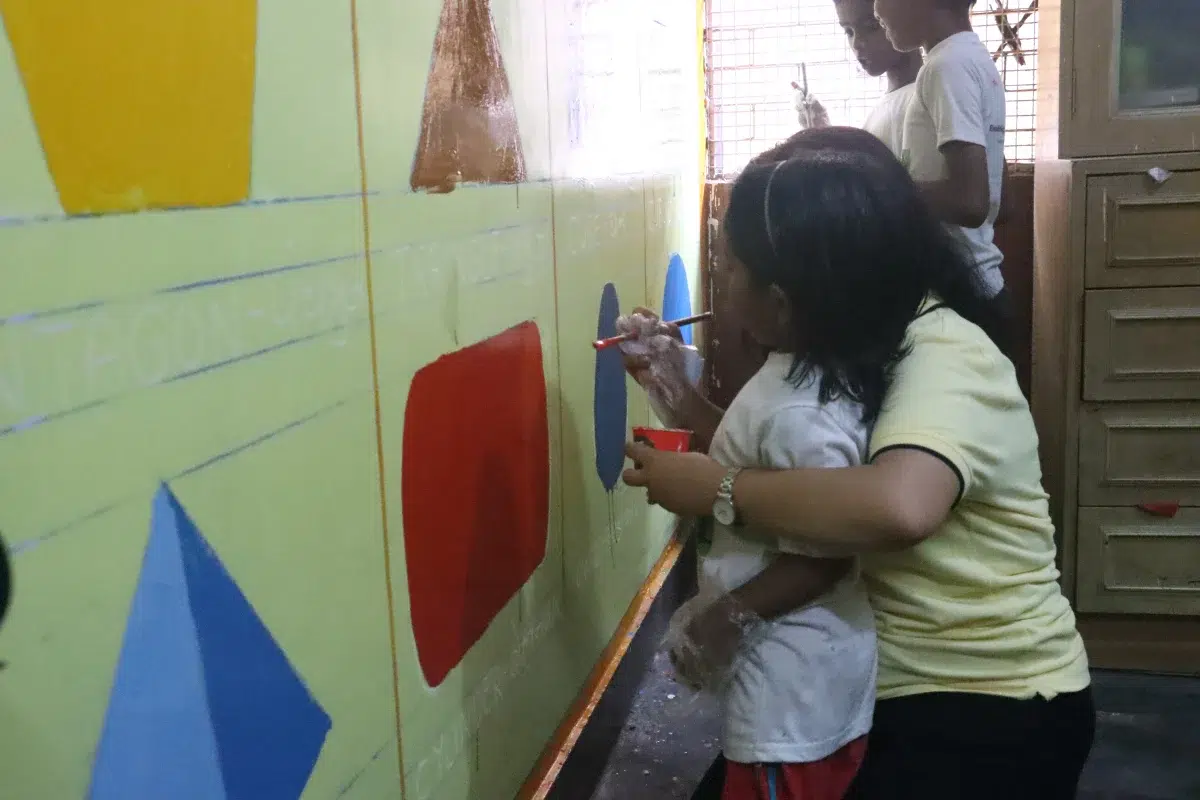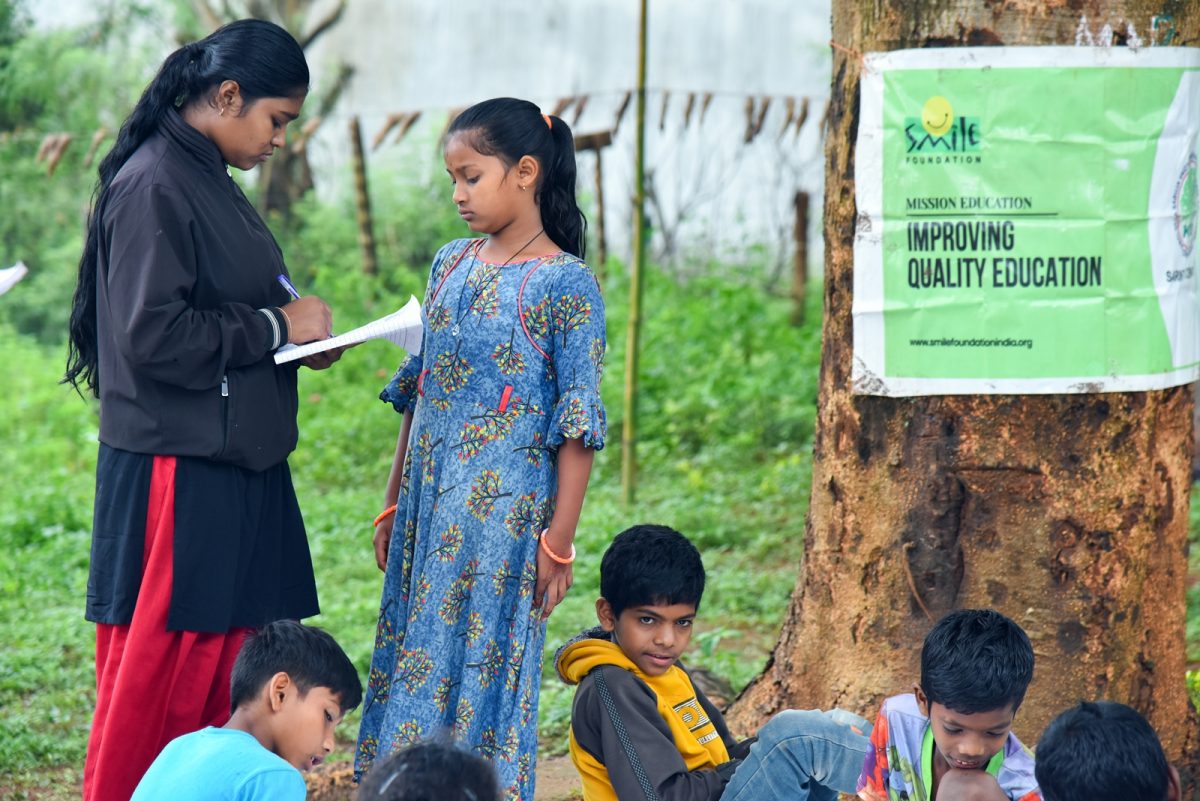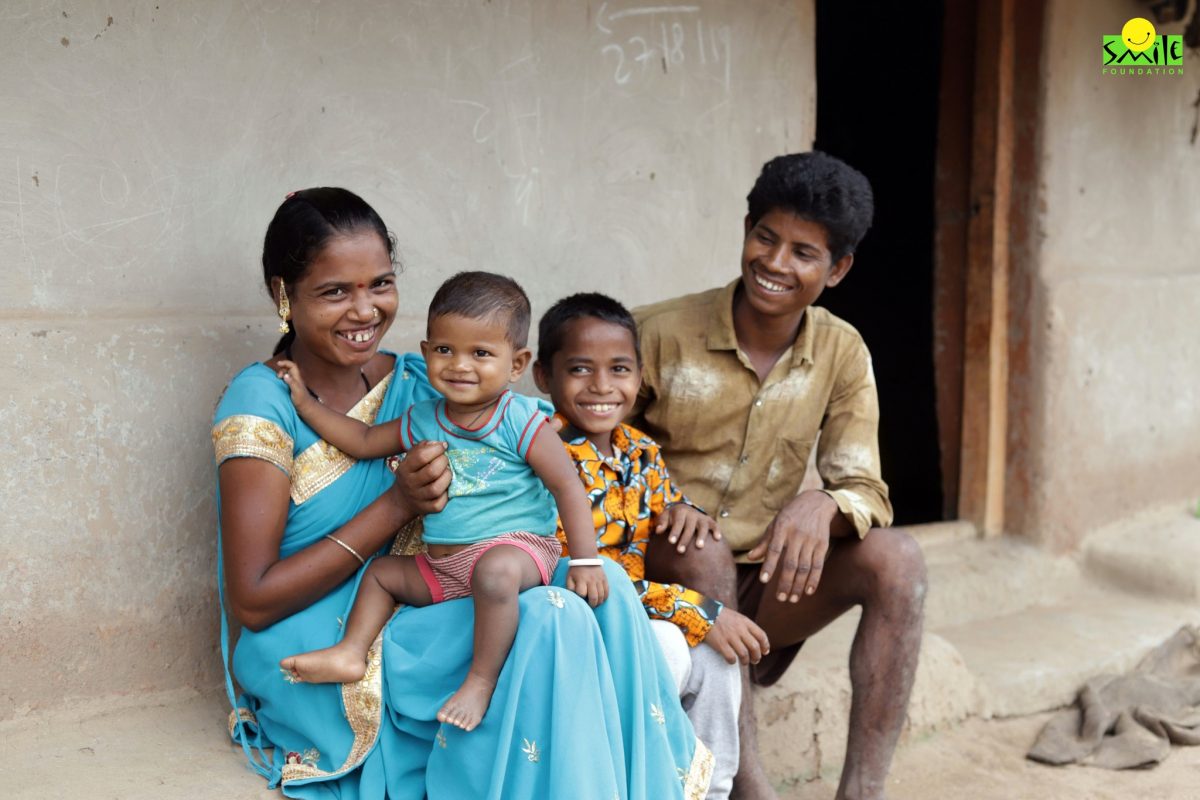India has embarked on an incredible journey of growth and development ever since its independence in 1947. The country transformed from predominantly being an agrarian economy to building manufacturing capabilities and a robust services industry. In this growth story, one thing that has played a crucial role is infrastructural development. From building roads and dams to establishing schools, hospitals, and railways, infrastructure has been the backbone of India’s progress, driving economic growth, and improving quality of life.
Owing to the vision of our founding fathers, India invested heavily in infrastructural development in the decades following independence. This included the expansion of national highways and railway networks, the building of major dams like Bhakra Nangal, and the establishment of premium institutions like the IITs and AIIMS. In recent decades, we have also seen a focus on urban infrastructure development with projects like Metro Rail, tunnels, and much more. Thus, as India enters a new era, it needs to continue focusing on building stronger infrastructural capabilities.
Infrastructural Needs for India
There are many areas in which India can focus. But, here are a few key areas that require consistent attention for the holistic development of Indian urban as well as rural communities:
- Road Network: For any economy to grow, mobility of movement is most important. This is why expanding a robust road network in the form of national and state highways, expressways, etc., needs to be a priority. India’s ambitious Bharatmala Pariyojana aims to develop 83,677 kilometres of highways, improving connectivity in remote and underserved regions.
- Dams: As the requirements of the country’s growing population increase, there will be a bigger need for water management, electricity generation, irrigation facilities, and much more. This is where building new dams can be a game-changer. Apart from that, India is also focusing on river-linking projects aimed at diverting water from areas that experience flooding to those areas that are affected by drought.
- Educational Institutions: The Indian government has been working sincerely towards expanding the number of AIIMS and IITs in the country. In addition, new universities, schools, and colleges need to be built. Existing institutions also need an infrastructural boost in the form of smart upgrades to make them relevant.
- Hospitals: A large part of the Indian population is deprived, even today, of good quality healthcare facilities, as most of the big hospitals are concentrated in urban areas forcing rural and tribal populations to flock to cities like Chandigarh, Delhi, Hyderabad, etc., for receiving adequate health support. However, this is not sustainable, and the country needs to work on expanding its healthcare network. This can also be done through the development of digital infrastructure like telemedicine facilities, mobile hospitals, etc.
- Railways: This is arguably the lifeline of India; even today because of the reach and affordability, lakhs of Indians travel through railways. This is the reason why the government must keep pushing for the expansion of railways in regions where it hasn’t yet reached. The recent expansion of the railway network to Srinagar in Kashmir and the building of the world’s highest railway bridge is a good example of it. Apart from this, another way of improving the mobility of Indians is by building more airports across the country and making air travel affordable for the masses.
- Other infrastructure: In addition to roads, dams, schools, hospitals, and railways, other critical infrastructure includes airports, ports, and digital connectivity. Developing world-class airports and ports can boost trade and tourism, while expanding digital infrastructure ensures access to information and services, bridging the digital divide.
Needs and Aspirations
As India continues to grow and evolve, it is essential to focus on the future needs and aspirations of the population. Here are some key areas where India should continue investing in infrastructure:
Sustainable Development: While developing infrastructure is essential, what is also needed is a focus on sustainability. As India moves forward, it also needs to play an important role in establishing itself as a climate-conscious nation. Therefore, the country should focus on investing in environment-friendly practices and investing in renewable energy. India is already on the path of building these capabilities. It needs to continue building on these efforts.
Healthcare expansion: As discussed above, India still faces a major challenge when it comes to providing equitable access to good quality healthcare facilities to its population. The COVID-19 pandemic also revealed many loopholes in India’s healthcare infrastructure. There, it is essential that all the stakeholders work together in building facilities for all Indians. Digital solutions are going to play a crucial role in this. Policies like universal health insurance are also going to ease the burden on the poorer masses.
Digital connectivity: Expanding digital infrastructure is critical for bridging the digital divide and ensuring access to information and services. Initiatives like Digital India aim to provide high-speed internet connectivity to rural and remote areas, enabling digital literacy, e-governance, and digital financial inclusion.
Educational Infrastructure: Investing in educational infrastructure at all levels, from primary schools to higher education institutions, is essential for fostering innovation and human capital development. Enhancing vocational training centers and skill development programs can equip the workforce in India with the necessary skills for a rapidly changing job market.
Transportation and logistics: Developing efficient transportation and logistics infrastructure can boost trade and economic growth. Expanding the railway network, modernizing ports and airports, and improving last-mile connectivity are critical for enhancing India’s competitiveness in the global market.
Conclusion
For major economies like the United States, Europe, China, etc., infrastructural development has played a central role in their development and growth. These countries continue to invest heavily in further enhancing their capabilities. For example, China’s Belt and Road Initiative is aimed at establishing its dominance in trade around the world. Similarly, Japan’s focus on technology has made it a leader in this area.
As India continues its journey towards becoming a global economic powerhouse, investing in infrastructure remains a critical priority. By focusing on sustainable development, healthcare, digital connectivity, education, and transportation, India can build a stronger and more resilient nation that meets the needs and aspirations of its people. Infrastructural development is not just about building physical structures; it is about creating opportunities, improving quality of life, and fostering social and economic progress.
Smile’s Contribution
Smile Foundation helps develop infrastructure primarily by improving education and healthcare facilities in underserved areas. We support the construction and renovation of schools, learning centers, and healthcare units, ensuring access to quality education and medical services. Additionally, we provide necessary resources like furniture, clean drinking water, sanitation facilities, and technology to create a more conducive learning and healthcare environment.
1. Mobile Healthcare Units: In response to the COVID-19 pandemic, Smile Foundation expanded its healthcare infrastructure by launching additional Smile on Wheels mobile healthcare units across India. These units deliver primary healthcare services to underserved populations, covering urban slums and rural areas. Each unit operates within a 25-kilometre radius, visiting multiple villages daily to provide medical care and promote preventive health practices.
2. E-Arogya Clinics in Haryana: Collaborating with the Government of Haryana and SBI Card, Smile Foundation established 10 E-Arogya Clinics equipped with telemedicine kiosks and medicine vending machines. These clinics serve approximately one million people across four blocks in the Nuh district, enhancing access to quality healthcare through technology-driven solutions.
3. Project Manzil in Rajasthan: Under Project Manzil, Smile Foundation installed Smart TVs in vocational labs across schools of Rajasthan. This initiative benefits thousands of students from grades 9 to 12 by providing access to audio-visual learning resources, thereby enhancing vocational training and digital literacy.
4. Refurbished Teachers’ Training Center in Pune: In partnership with Atlas Copco India, Smile Foundation inaugurated a refurbished Teachers’ Training Center at the Pimpri Chinchwad Municipal Corporation School in Akurdi, Pune. This center is designed to train approximately hundreds of teachers annually, aiming to elevate the quality of education in municipal schools.
Through our Life Cycle Approach, Smile Foundation works on ensuring that grassroots communities can access resources and skills that shall open the doors to the ongoing winds of sustainable development, so that through their resilience they too can leverage the benefits of the government being provided for the welfare of the citizens, but also make themselves capable enough that they along with their communities can keep standing on their feet with equal education, good health and sustainable livelihood.






